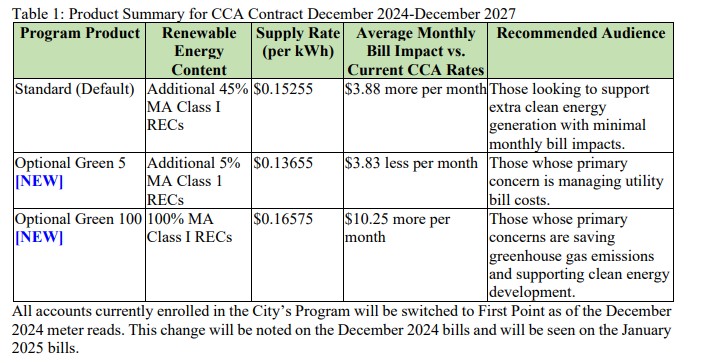 Another interesting agenda awaits Lowell’s elected and appointed officials when they return to Council chambers, one that places power in the hands of the people both literally and figuratively.
Another interesting agenda awaits Lowell’s elected and appointed officials when they return to Council chambers, one that places power in the hands of the people both literally and figuratively.
Numerous items of interest promise to create lively discussion, whether during this coming Tuesday’s meeting when they are officially presented, or during a future meeting(s) when reports are submitted and the devil in the details is unveiled.
In particular, a joint motion by Councilors Erik Gitschier and Corey Robinson to have the city adopt Worcester’s model for electing the Mayor under a Plan E charter is bound for significant debate between councilors, the public, and eventually, the plaintiffs who forced Lowell to adopt a hybrid District Representation system.
Of note, the Worcester model allows At-Large candidates only to run for Mayor, leaving no path for district councilors to attain the office unless they run for an at-large seat.
We’ll save our discussion for when that time comes, as the various nuances of that discussion as it pertains to the goals of the civil rights case and granting some power to minority-majority districts will no doubt elicit strong emotions.
 There are a couple of other election topics being proposed; returning in-person early voting back to the Senior Center, and moving the mail-in ballot drop box out of the police station. There’s also an executive session scheduled to discuss the Lupoli HCID long-running drama.
There are a couple of other election topics being proposed; returning in-person early voting back to the Senior Center, and moving the mail-in ballot drop box out of the police station. There’s also an executive session scheduled to discuss the Lupoli HCID long-running drama.
But the item that electrifies this author to no end is the revelation that the next Community Choice Aggregation Program will give city residents three choices for their electricity pricing and how much “green” they’re willing to pay in order to go green.

Under the current plan, there was just one price point, unlike the options available in some surrounding communities.
The new agreement alters that, setting three levels of energy supply at three distinct price points;
 The Standard option, with electricity costing 15.255-cents per kilowatt hour, is recommended for “those looking to support extra clean energy generation with minimal monthly bill impacts.”
The Standard option, with electricity costing 15.255-cents per kilowatt hour, is recommended for “those looking to support extra clean energy generation with minimal monthly bill impacts.”
Optional Green 5, a new option, is the most cost-effective at 13.655-cents per kWh. That one is targeted to “those whose primary concern is managing utility bill costs.”
Optional Green 100 is recommended for “those whose primary concerns are saving greenhouse gas emissions and supporting clean energy development.”
Naturally, that one is the priciest energy choice, at 16.575-cents per kWh.
A memorandum from Sustainability Director Katherine Moses lays out the process behind the new contract, along with a lot more details about what it entails than the chart above.
 The new contract should provide a jolt of energy for anyone who appreciates a bargain, allows folks who prioritize the greenest possible grid the opportunity to put their money where their light switch is, and a “middle ground” for those who desire a little bit of each.
The new contract should provide a jolt of energy for anyone who appreciates a bargain, allows folks who prioritize the greenest possible grid the opportunity to put their money where their light switch is, and a “middle ground” for those who desire a little bit of each.
I know, I know. Choice is a novel concept for a city that has followed a “take it or leave it” approach since first introducing an energy aggregate back in 2014. I’m pretty sure there will be folks who will have a meltdown (hopefully not a nuclear one) over providing discounted pricing for a more fossil-fuel based energy plan.
 But in a municipality with a low median income and more poverty than most, residents should be energized by an administration that took the “radical” approach of letting people decide for themselves what’s best for them, saving a few bucks in the process even if they’re not doing their “fair share” to save the planet.
But in a municipality with a low median income and more poverty than most, residents should be energized by an administration that took the “radical” approach of letting people decide for themselves what’s best for them, saving a few bucks in the process even if they’re not doing their “fair share” to save the planet.
I know I certainly am!
















One response to “New Energy Deal Returns Power to the People”
How about if the city saved us a few more bucks by making the cheapest option the default option. How many people will never realize they have a cheaper option? I for one will be opting for the lowest priced option. Someone please tell the tax and spend Golden administration that we can figure out how to spend our money on our own. I do not need them being my moral compass. And remember: climate change is real (been happening forever). Man made climate change is not.